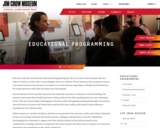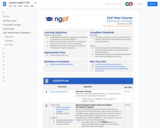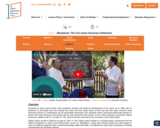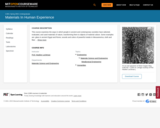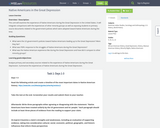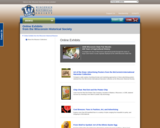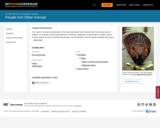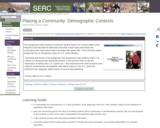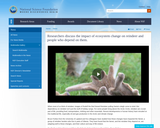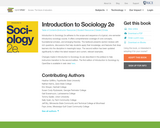
Introduction to Sociology is intended for a one-semester introductory sociology course. Conceived of and developed by active sociology instructors, this up-to-date title and can be downloaded now by clicking on the "Get this book" button below. This online, fully editable and customizable title includes sociology theory and research; real-world applications; simplify and debate features; and learning objectives for each chapter
- Subject:
- Social Studies
- Sociology and Anthropology
- Material Type:
- Textbook
- Provider:
- Rice University
- Provider Set:
- OpenStax College
- Author:
- Eric Strayer
- Faye Jones
- Gail Scaramuzzo
- Jeff Bry
- Nathan Keirns
- Sally Vyain
- Susan Cody-Rydezerski
- Tommy Sadler
- Date Added:
- 02/23/2015
